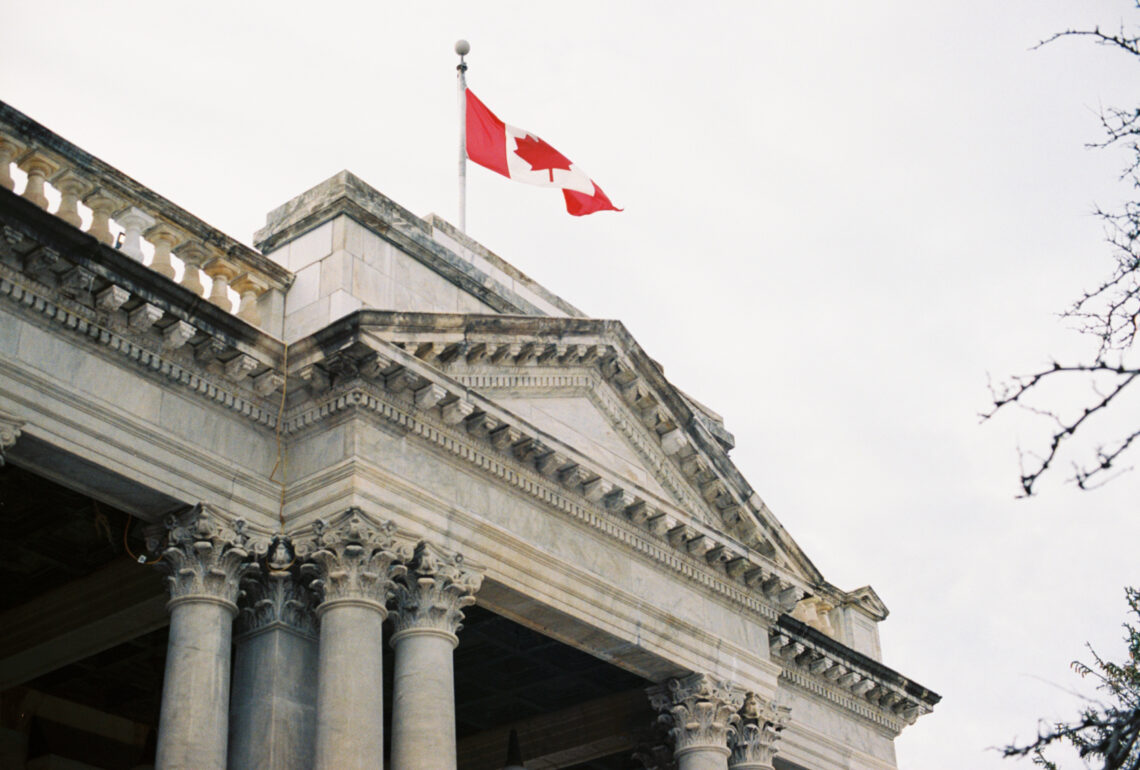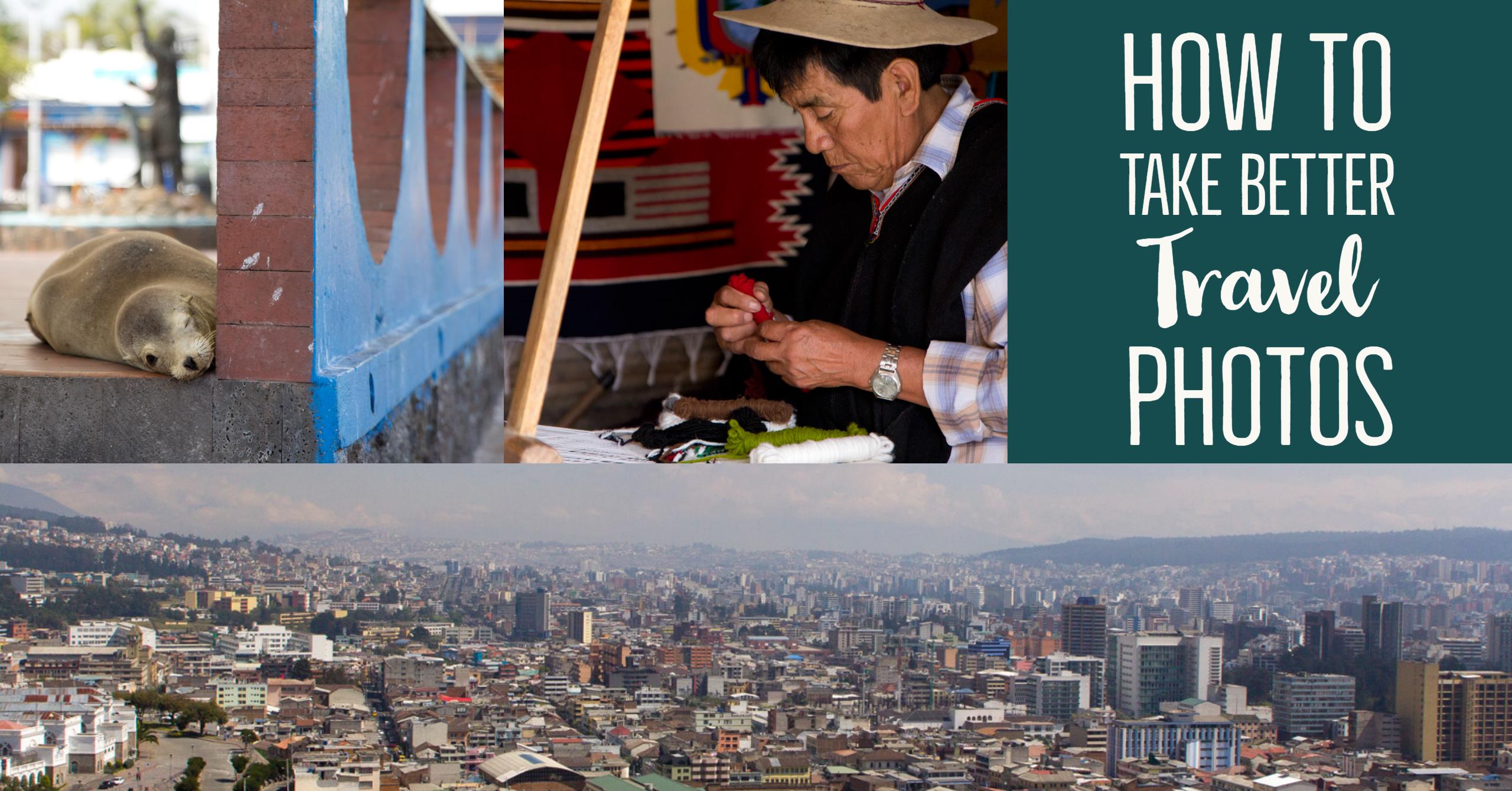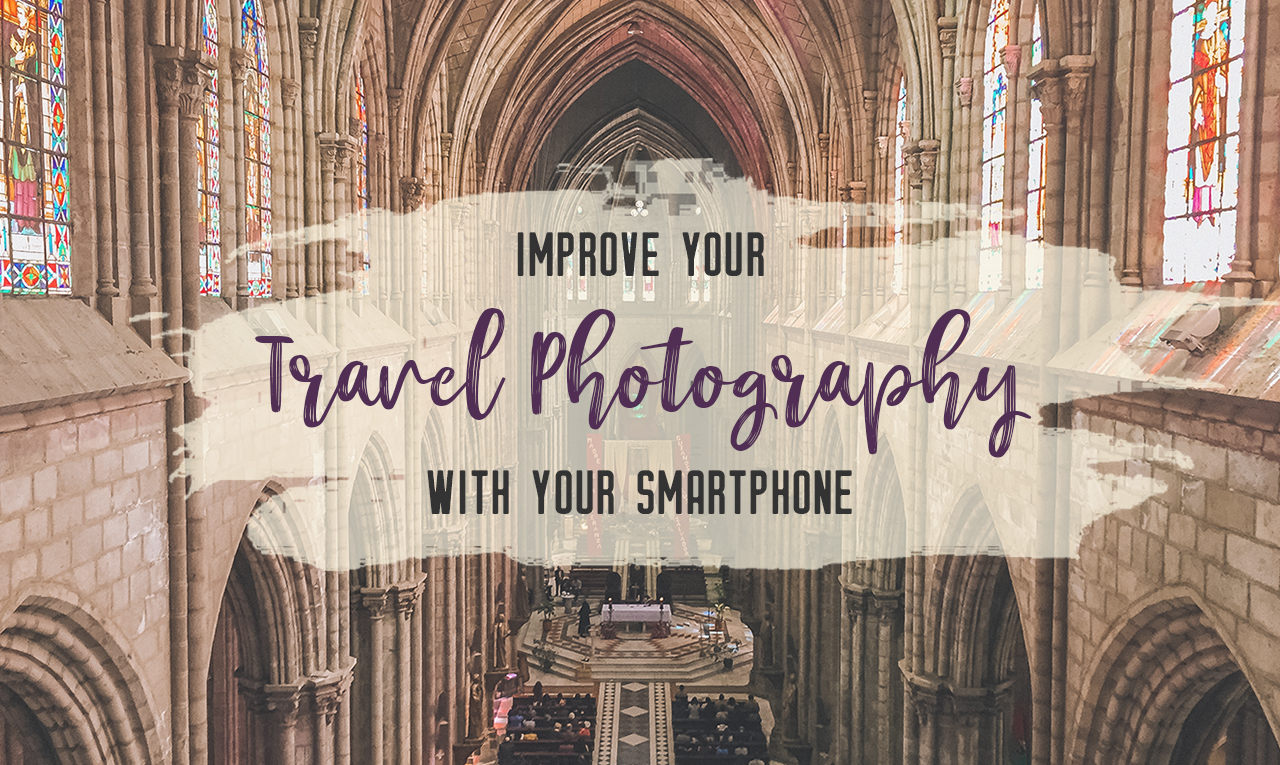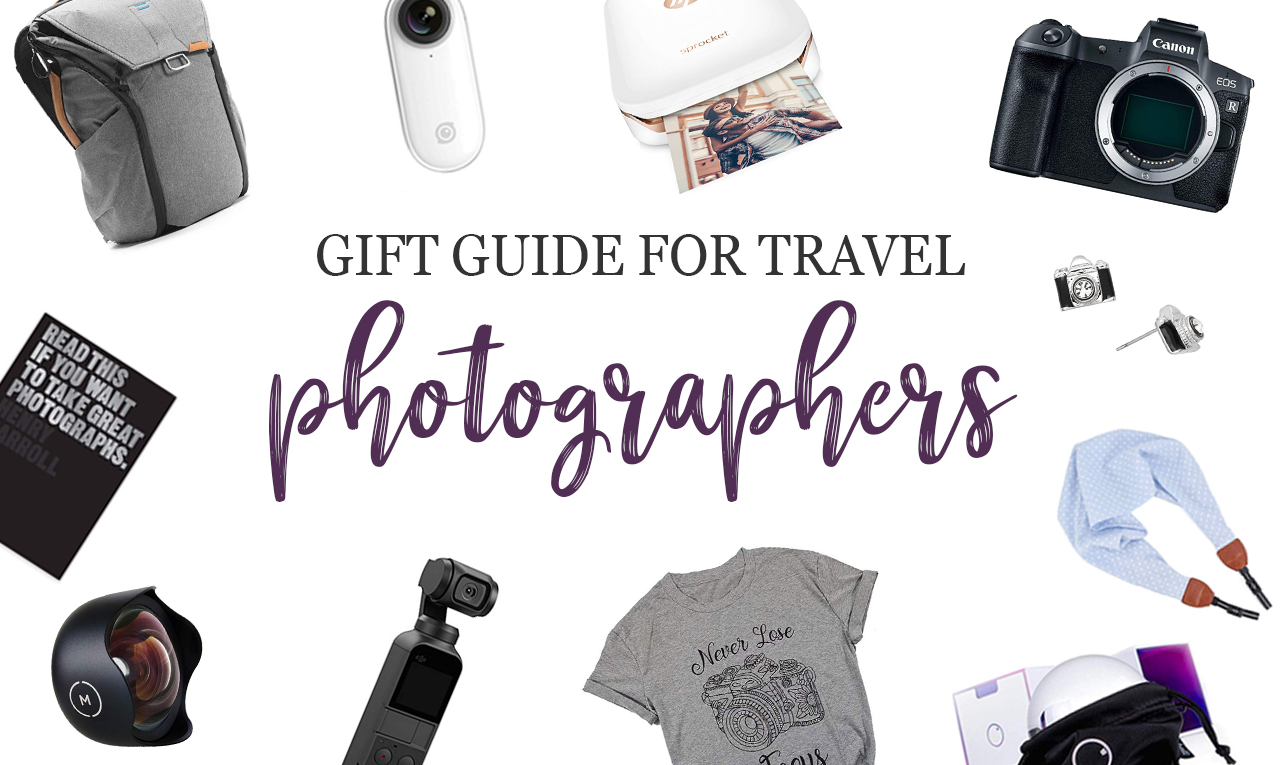What would you do if you only had 36 pictures that you were allowed to take on your vacation? How would you spend those images? What would you want to capture? What would be important to you? A little while ago I decided to jump back into film photography and I wondered what it would be like shooting film on vacation? This is my journey back into film photography.
NOTE: Travel is not recommended at this time. These posts are here to serve as inspiration when we can explore again. Hey there – this post likely contains affiliate links, which means I earn a commission (at no extra cost to you) if you purchase from them. This helps me earn a few dollars to run this website.
Note: This post was originally creative for a class called Digital Storytelling at the University of Alberta.
Film photography is seeing a resurgence in the photography world, so much so, that there’s actually been a supply issue for film. (With the rise of 80s nostalgia, I totally get it.)
You see, I love photography. Photography has been part of my job for over a decade – from photojournalist to magazine photographer to travel photographer to wedding photographer – and, despite still enjoying the medium, there was something missing.
Like a missing page in a book, it was hard to realize what wasn’t there until you did. Which is why I am now the proud owner of a 1978 Canon AE-1 35mm, a Minolta 16 and an Olympus Trip 35 film cameras. Whoops, how did that happen?
Is film still relevant?
When I worked at a newspaper, I had a print of the first-ever journalistic photograph hanging on my cubicle wall. It shows Parisian streets barricaded during the June Days Uprising on July 1, 1848. Just two decades earlier, the first photographs were ever created.

It hung there as a reminder that photographs are moments frozen in time. They bring history alive and tell stories in ways text never could. I fought (and still fight) for the importance of visuals when telling stories.
Less than 100 years after that photograph was taken, 35mm film became a popular tool for photographers and over the course of just 30 years, became popular for the everyday person.
When digital cameras hit the market in the 1990s, film declined. Photography has been around for under 200 years. Today it’s part of everyday life, with millions of photos being uploaded to the web each day.
Film hasn’t been in the mass market for 30 years. So is it still relevant?
According to Darren Clark, Chair of the Art Department at Brigham Young University Idaho, “Digital and film are two different tools that are available to you like painting vs. sculpture vs. ceramics; it doesn’t really matter as long as you have something to say.”
Film and digital photography aren’t competitors but are two different mediums to create art. And that’s an idea I can get behind.
Why get into film now?
Film isn’t a new medium to me. I took a photography course at my high school, where we used film cameras and developed our own black and white film in the darkroom. (I’m still amazed that our high school even had a darkroom!)
That class was the building block for my life-long love of photography. It taught me about the exposure triangle, the mechanics of how photography works, and how to develop your own photos.
Of course, I was a teenager then and didn’t really take it seriously. I didn’t stick with film for very long, since it was difficult to work with and my teenage brain always voted for the easy way. Plus, having your own digital camera was the epitome of cool in the late 2000s.
Over the years, I’ve been a photojournalist, a travel photographer and now a wedding photographer. It’s been an incredible journey, to say the least.
So why, 15 years after I picked up my first film camera, was I wanting to get back into film again?
In need of a hobby
As photography became more ingrained in my life, I only saw it as a way to make a living. Don’t get me wrong, I absolutely love working as a photographer. Each shoot that I go on is different and each place I visit can be photographed in so many ways.

But.
It felt too saturated. Like everything I was doing in photography was just to be better and find paying clients. At the time, I thought, maybe I need to take a few courses or learn a new way of shooting. I did those things, but it was still to become a better photographer so that I could find more work.
I wanted something where I could learn a new skill, make mistakes and be bad at something before I got better. Something that I didn’t need to worry about.
Something I could call a hobby without the pressure of making it into a paying gig. We don’t need to monetize our joy.
I just wanted a hobby.
The challenge with film
Apart from film photography being a new and exciting hobby, it was also technically challenging. I had been so reliant on my skills with digital photography, that I was looking at the art-making process in the post-production rather than with the camera itself.
Don’t get me wrong, I still love to make art by editing a photo, but my camera wasn’t my main tool for doing that anymore. I was still thinking about how to take the photo technically, but I kept telling myself, “well, if it doesn’t work, then I can fix it later.”
With film, you don’t have that luxury.
Exercising a skill
When it comes to taking photographs, the exposure triangle is everything. Change one part of the triangle and the picture could be under or overexposed.
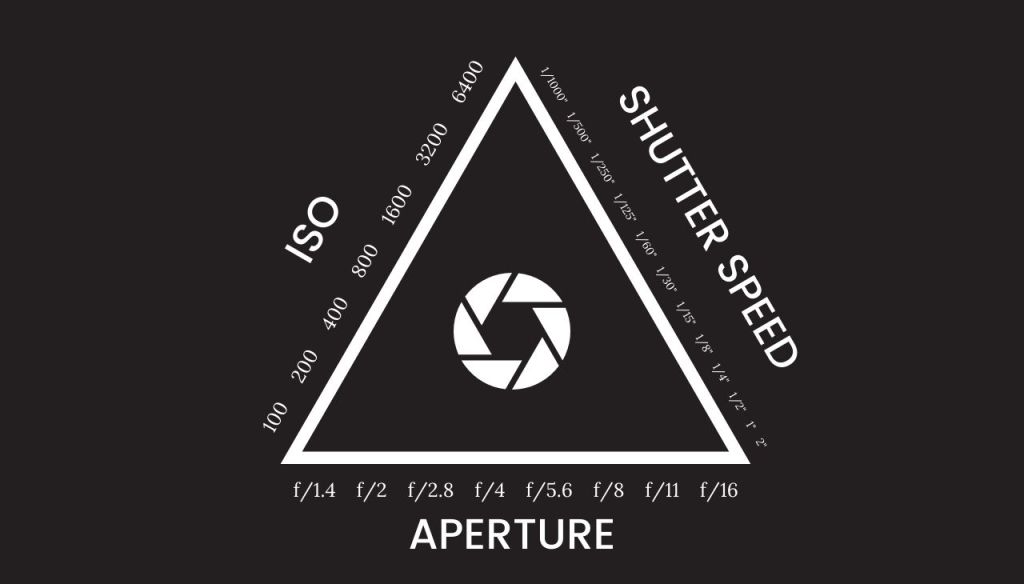
In digital, the light metres built into the camera are phenomenal. They can read a single point or the whole area to give you the most precise light readings. If you’re using a phone, then most of the work is done for you.
In film, the light metres are still accurate, but depending on the camera, not as precise. Some film cameras don’t have built-in light metres at all.
The point is, with film, you need to be able to read the light, make calculated guesses for your exposures. And, you don’t get to check to see if it works.
It’s kind of thrilling, in a way.
24-36 frames
One roll of 35mm film comes in two sizes: 24 or 26 exposures (or frames). Unlike digital film where you have what feel like limitless opportunities to perfect an image, film gives you a finite number.
Sure, you could have multiple roles of film but a standard 64GB SD card is equal to 91 rolls of 24-exposure film. (Or 392 rolls if you just shoot .jpg)
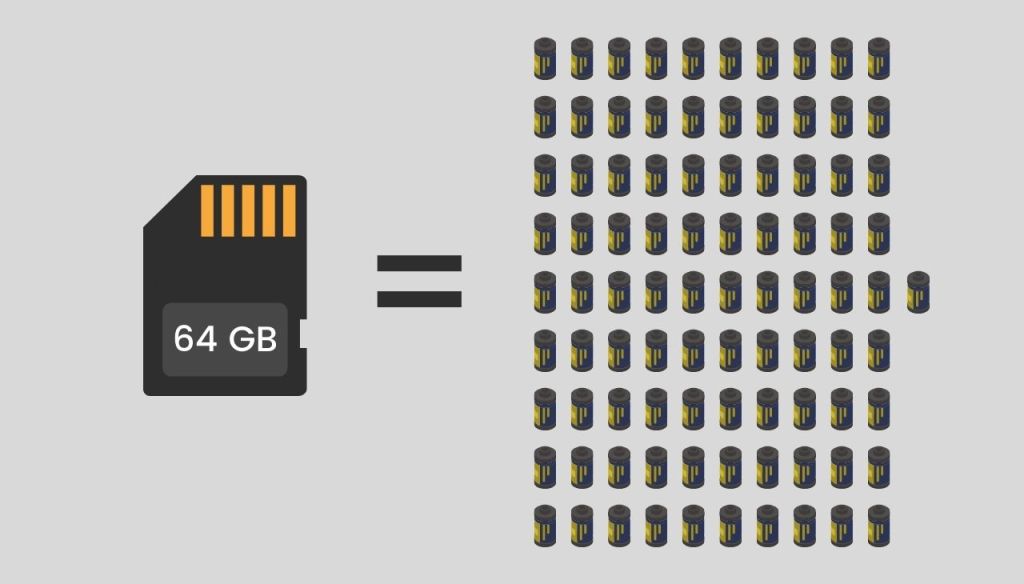
With just one roll of film, you have just 24 chances to tell the story of your subject. You need to carefully plan out your shoot, think about what way you want to tell your story and think about how the photos would be viewed (separately or together).
Slow down the process
Our phones allow us to pull out a camera and, with a few taps, we can access a camera that takes a good photo without thinking too much about it.
With film, you need to think about your lighting situation, the type of film you’re using, your composition and your focal distances before even raising the camera to your eye.
Film lets us slow down and enjoy the process of photography. It allows us to slow down, observe our surroundings and be open to what might make a good photograph.
It’s easy to forget sometimes that you’re creating art when you take a photo. You’re telling a story and stories need time to be formed.
Like travelling, the feeling of slowing down and enjoying the process is one of the reasons that draws me to film photography. With digital, there are so many incredible photographers out there, so taking photos of everyday things seems like a waste of time. It’s hard to describe, but since you can take photos of everything, only the once-in-a-lifetime photos stand out.
But with film, it’s 100% about the process, like romanticizing your life by focusing on the importance of everyday life.
Finding a 35mm film camera
At the beginning of 2022, when I was looking to get back into film, I figured it would be rather difficult to find a film camera. But it wasn’t as tricky as I expected. On Kijiji or Facebook Marketplace, you can find a ton of 35mm film cameras for sale. I honed down my search after comparing models and landed on the Canon AE-1, the bread and butter of newbie film photographers.
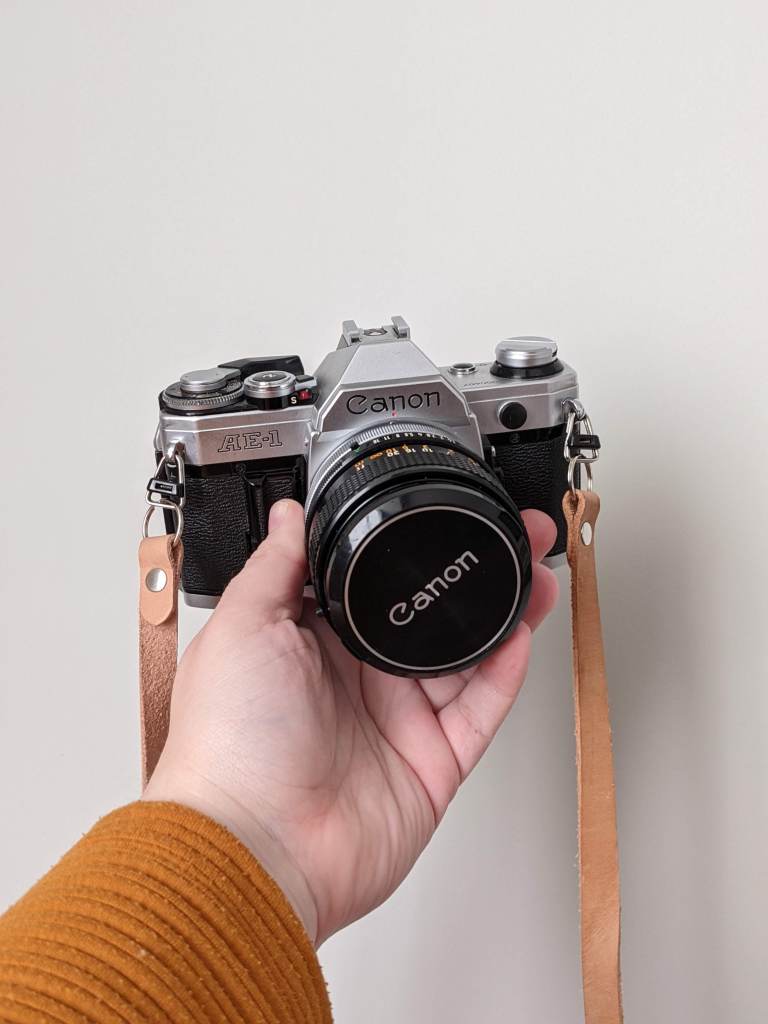
The Canon AE-1 was on the market from 1976 to 1986. It was a popular camera by many standards and was meant to be a durable, easy-to-use consumer-grade 35mm camera. The camera cost about 81,000 Yen (Roughly $850 CAD) when it was released in 1976. (That’s more than $4,000 in today’s dollar!)
One fun fact about the Canon AE-1 is that you may recognize the sound it makes. Jim Reekes, the sound designed for Apple, used the sounds from the AE-1 to make the sound for taking a screenshot on Macs and iPhones.
I found in my research that it was important to ask when the last time the camera worked was or if it had been tested recently. Some parts might have malfunctioned and you wouldn’t know it until you tried to develop the film.
Putting out feelers to eight different sellers, I finally landed on one from Collingwood, near where I lived. It was in good working order, had extra lenses and accessories plus it was tested recently.
Other film cameras
I now own a Minolta 16 and an Olympus Trip 35, but I’ll talk about those at a later date. Just know they are hella cool!
A snag I didn’t expect
While I was waiting to hear back from the sellers, I went on the hunt for film. I googled “what 35mm film should I use?” and fell into a rabbit hole of comparing film types, film speeds, colour tones and so much more. There was also the difference between a consumer film (like Kodak Gold 200) and a professional film (Kodak Portra 400).

It was overwhelming. But I didn’t have to worry about it much longer. Film was out of stock nearly everywhere I looked.
Places like Moment, Henry’s and Amazon all sold film, but many of their listings were back-ordered or out of stock.
Camera stores nearby either didn’t have any in stock or didn’t carry film at all. One only stocked black and white film. But finally, I found some film at a local film store in Collingwood.

Gabriele Photography is like heaven for a photographer, with so much amazing camera equipment packed into the little store. At the back of the store, was one lonely spinning display, holding only a dozen or so film canisters. They were dealing with supply issues too and didn’t have the film I was looking for (Kodak Gold 200) but they did have Kodak Colour Plus 200 and Kodak Ultramax 400, two consumer-grade films.
At this point, I would have taken anything, so I left the store with four different rolls to try out and was eager to get shooting.
Research and inspiration
In the 15 years since first working with film, I had filed away those instructions in a cabinet at the back corner of my brain. I stared at the camera and realized I had no idea how to use it.
Sure, I know how to take a photo, how to compose a shot, how to expose a shot. On. A. Digital. Camera.
Now faced with something completely mechanical and with very little room for error, I jumped onto YouTube and consumed as many videos as I could about how to use the camera. Luckily, there are plenty to choose from.
I practiced without film to get used to the controls then loaded my first roll. Everyone on YouTube said this was the most important step to get right, otherwise, you could break your film and ruin your roll.
Let’s get shooting
After a few hiccups, I was able to load the roll and take my first image:

Whoops. I had messed up my first shot since I didn’t realize how the counter worked on the camera, so I thought I hadn’t started the roll yet.
Okay, take two. My (real) first image:

Sure. It’s boring, but okay. It’s in focus. It’s properly exposed. Now let’s go explore!
Collingwood was going to be my first muse. I had bought my camera and film there, so it seemed only right to make it my first subject. I wanted to tell the story of Collingwood in 24 frames.
Since I grew up in rural Ontario, Collingwood is a familiar “city” to me, so I wanted to capture its beautiful architecture. But it’s also a very active place, known for its ski hills, trails and beautiful shoreline of Georgian Bay.
I picked a few places to photograph and said I would find other things along the way. You can see my time in Collingwood here.
Processing Film
It’ll be no surprise to anyone that there aren’t many places in Ontario that still develop film. There are a couple of one-hour developers out there, but they only offer 4×6 prints. I wanted digital scans (ironic, I know) so I sent my film off to a lab in Toronto that specializes in processing and scanning film negatives.
Waiting for the results was excruciating. Thanks to a delay from Canada Post, it took nearly two full weeks to get the scans. When I got the notification, I felt a mix of excitement and dread.

I was worried that, despite my skill as a photographer, somehow, the roll wouldn’t turn out. Before opening the link, I reminded myself, “It’s okay to be bad at something. You were bad at photography when you first started and you’ll be bad at this too.”
Flipping through the scans, a smile spread across my face. Sure, some of the shots weren’t great, but mostly, I was really happy with the way the photos turned out. The dynamic range and colours were incredible, something that can’t be replicated with digital.

And, I learned so much about myself during this process:
It’s okay not to monetize your joy.
It’s okay to be bad at something.
It’s okay to do something just for me.
RELATED: Best way to organize your travel photos
Shooting Film on Vacation
A couple of months later, I’ve shot a number of rolls of film, and I’m more excited every single time I get the scans back. So my Canon AE-1 is now a staple in my camera bag, along with a bunch of rolls of film, when I can get my hands on them.
It’s such a beautiful way to see the world, in a slow and calculated way.
For photography enthusiasts, film photography allows you to get in touch with your skills again, remembering all those important things like the exposure triangle and light metering.
For travellers, film might be scary to get into, but it can offer so much potential if you want to take your time travelling. If you enjoy a slower pace while travelling, film could be that reason to slow down, plus it offers a similar experience since you have to send away film and get it developed.
I look at each roll of film as a mini-story. Every 24 or 36 frames tell the story of your vacation, so take the time and think about what kinds of things you want to capture. What can you capture with your digital camera, and what can you capture with your film camera?
These are all interesting considerations when thinking about shooting film on vacation.
Here are a couple of more shots from my recent film rolls.
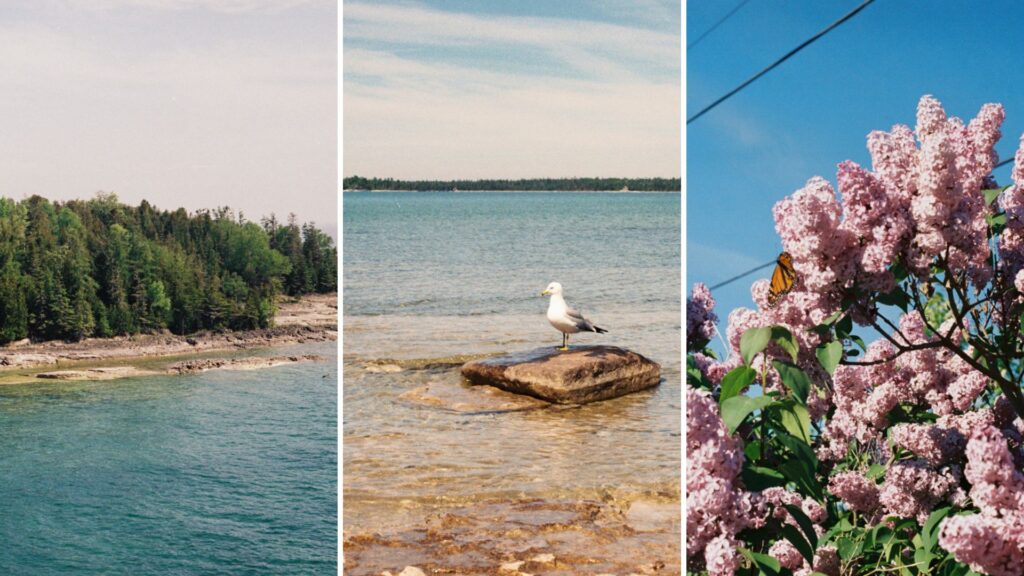
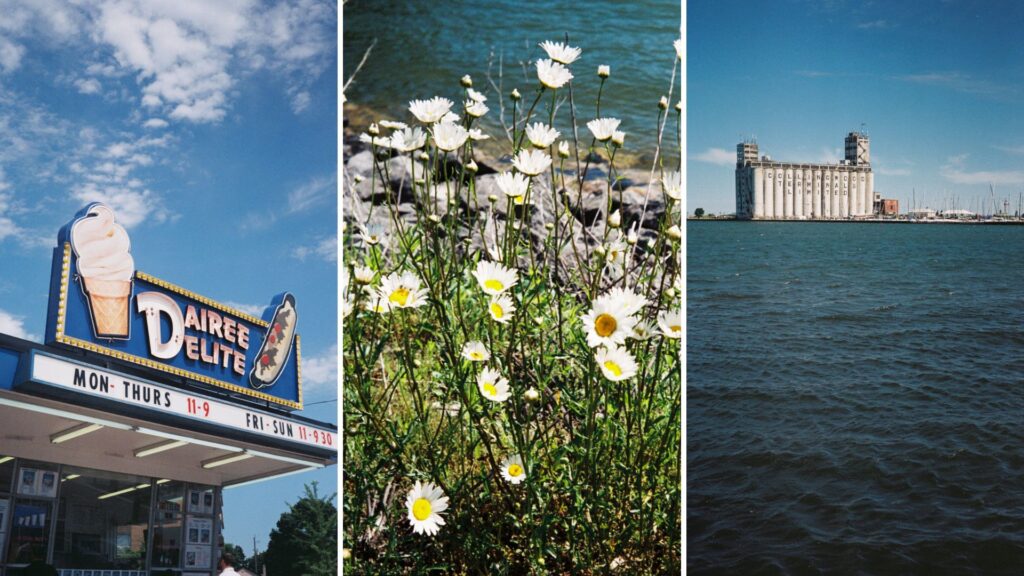
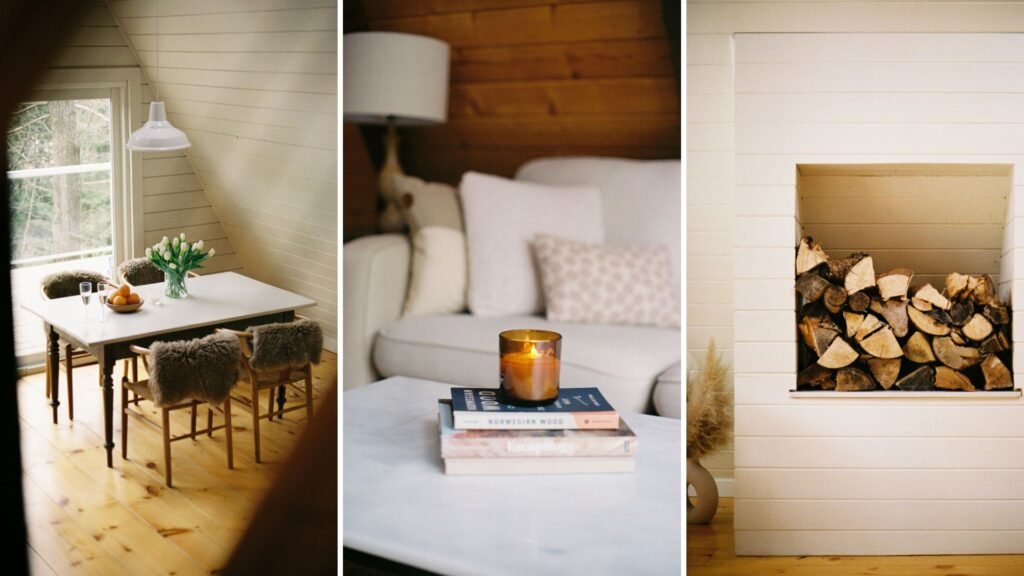
If you want to see more of my film photos, follow me on the Grainery App – a brand new app that is like Instagram for film lovers.
So tell me, does film interest you? Would you consider film photography for travelling?

